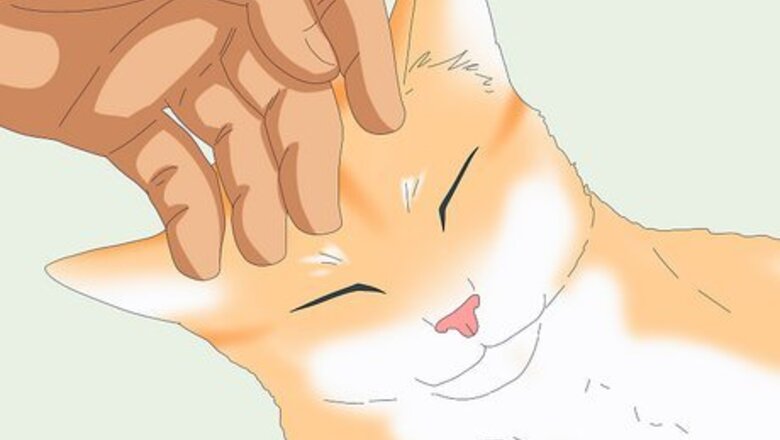
views
- Petting is a pleasurable sensation that provides comfort and bonds you and your pet together.
- All animals enjoy grooming and stroking, but refrain from petting wild animals.
- Cuddling and petting your animals helps you reduce stress and feel comforted.
Reasons Why They Like It
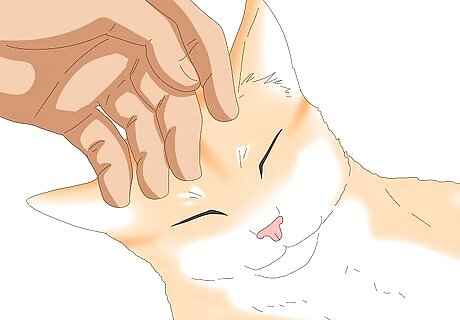
Petting feels good. While this might seem obvious, there are actually special nerve cells, or neurons, all over animals’ furry skin that only respond to gentle touches. When you stroke your pet’s ears or belly, these cells are activated and cause them to feel a pleasurable sensation. While researchers have only tested and found these neurons in mice, they believe these neurons are found in most mammals, including us!
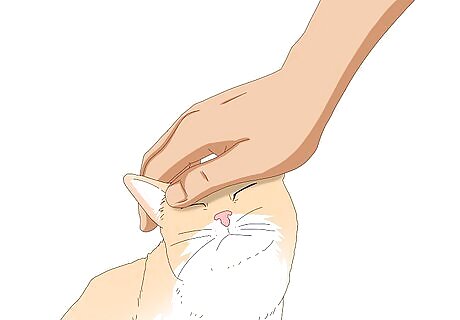
Being stroked comforts and relaxes them. Petting gives animals a similar sensation to grooming, which is a social behavior where animals pick at and stroke each other’s fur. Grooming releases endorphins, a hormone that relaxes and soothes animals. So when you pet your animal, they feel the same, comforting feelings as being stroked and groomed. Monkeys commonly groom each other to ease tension. When 2 male monkeys become aggressive, a female monkey might start to groom each one to comfort and relax them so that they end their fight. Many scientists believe petting is comforting to animals because it reminds them of when they were young and being groomed by their parents. So when you pet your furry friend, they feel just as secure and calm as they did when they were young.
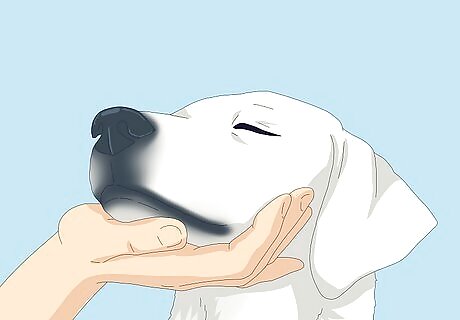
Petting can reduce their stress or anxiety. When you cuddle and pet your animal, their brain also releases oxytocin. This hormone, commonly referred to as the love hormone, is associated with warmth and trust, which lessens any feelings of stress in your pet. Researchers have found that simply staring into your dog's eyes causes them to release oxytocin. Your brain also releases oxytocin when you look at your dog, so it’s really no wonder that dogs became man’s best friend.
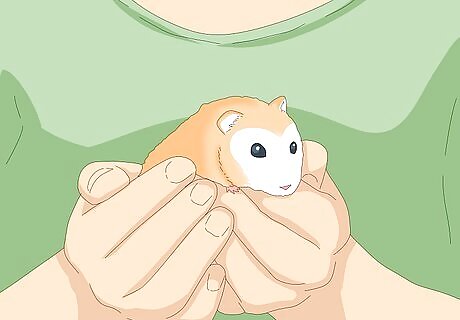
Touching bonds you together. Petting creates a loving connection between you and your pet, with even a few brief pats and strokes at a time helping to strengthen your bond. Some animals, particularly cats, also like petting so much because it lets other animals know that you are theirs. When a cat headbutts their face into your hand, asking for pets, they are actually rubbing their facial pheromones into you. This is a sweet action that marks you as safe and reassuring to your cat. As your cat rubs against you, you actually start to smell similar to your cat. Only your cat notices it, but it makes you familiar, which connects and bonds you together.
Do all animals like being pet?
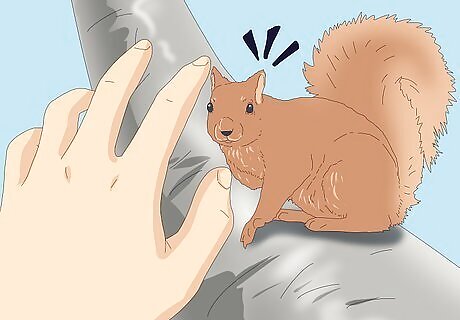
Wild animals don’t like to be pet by humans. Touch is incredibly important for animals, as most animals groom and caress each other to establish relationships and feel comforted in times of stress. However, wild animals are not domesticated like cats and dogs, who enjoy and benefit from the pats and snuggles we give them. Trying to pet a wild animal may feel threatening to them, which can put you in danger. Even if a wild animal approaches you and doesn’t seem afraid of being pet, they can be startled easily and quickly change their demeanor. When wild animals are constantly touched and exposed to humans, they lose their natural and protective fear of people. They might start approaching humans and become comfortable around roads.
Why do humans like to pet animals?

Humans like to pet animals to bond with them and feel comforted. It might come to no surprise that you like to pet your pup or kitty for many of the same reasons that they like to be pet! When you are stroking and cuddling your furry friend, your brain releases oxytocin. This relaxes you and makes you feel warm and comforted. Petting also improves your relationship with your pet, and can help you feel more supported and less lonely on days that you’re feeling blue.
How to Pet Your Animals
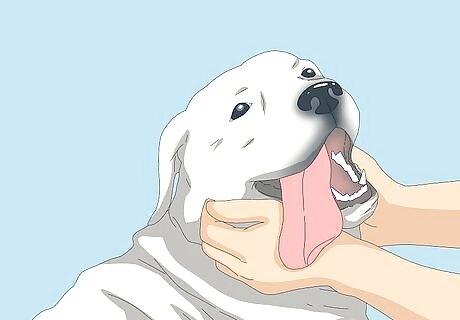
Dogs like to be pet on their chest, neck and shoulders. If you are petting an unfamiliar dog, approach them slowly, squat to their level, and hold out a closed fist for them to smell. After the dog gives you a good sniff and their body appears relaxed and loose, give them slow, gentle strokes around their ears and around their shoulders and chest. With your own dog or a dog you're familiar with, find out where they like to be scratched the most. They could enjoy a belly rub or foot massage. Just be sure to understand when your dog is uncomfortable with being pet in a certain area–they might move away from you or start licking their lips in discomfort. If the dog is enjoying your pets, they'll likely lean into your hand and come back up to you when you stop.
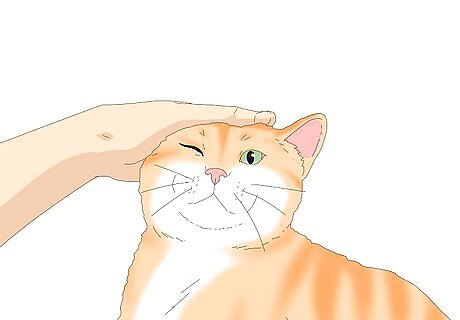
Cats enjoy being stroked on their head, chin, and neck. When you are going to pet a cat, let it approach you first. Kneel or sit down to be at their level and extend your hand out for them to sniff. If they want to be pet, they will push their head into your hand or rub up against your body. Use your fingertips to gently scratch under the cat’s chin, on the top of their head, and around their cheeks. You’ll know they're enjoying your pets when they begin to purr and continue to rub against your hand, asking for more pets. Cats also enjoy being stroked from their head all the way along their spine, stopping at their tail. In general, cats don't love belly rubs. When a cat flops on their back around you, this means they trust you. It can be tempting to rub their soft belly fur, but this area is extremely vulnerable to them and is usually met with bared teeth and claws when you try.
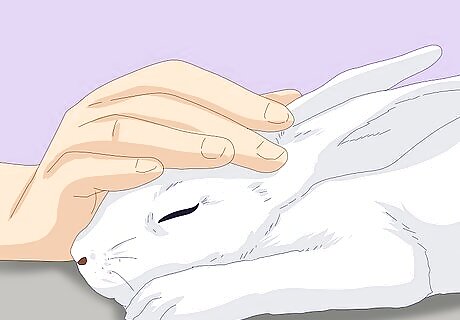
Rabbits like to be rubbed on their head, shoulders, and cheeks. Rabbits can be easily startled, so to pet your bunny, slowly approach them, sit down on the ground, and extend your hand for a sniff. If your rabbit approaches you, use your fingertips to lightly pet their forehead. If your rabbit is enjoying your cuddles, they might lick you, nudge your hand, or gently grind their teeth! Most rabbits don't like to be pet on their backside, belly, or under their chin.
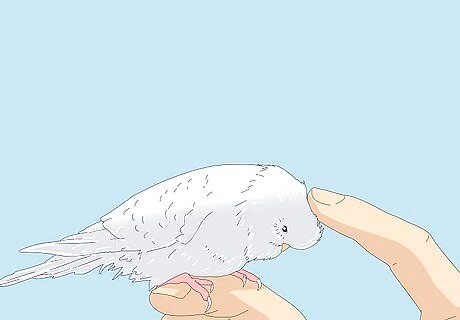
Stroke birds gently on the head and avoid touching other areas. Building trust with a bird takes time, so approach them slowly and watch for body language that they want to be pet. When you go to pet your bird, extend your hand and keep your pets only on their head. You can rub their cheeks and stroke the back of their head. Usually, a relaxed bird will close their eyes, ruffle up their feathers, and bow their head when they want to be pet. Birds’ backs and wings are sensitive; they associate these touches with their breeding rituals. Stimulating these areas can cause behavioral problems like jealousy and hostility. Humans have endorphins, animals have neurons. These work like endorphins, but are not quite the same.













Comments
0 comment